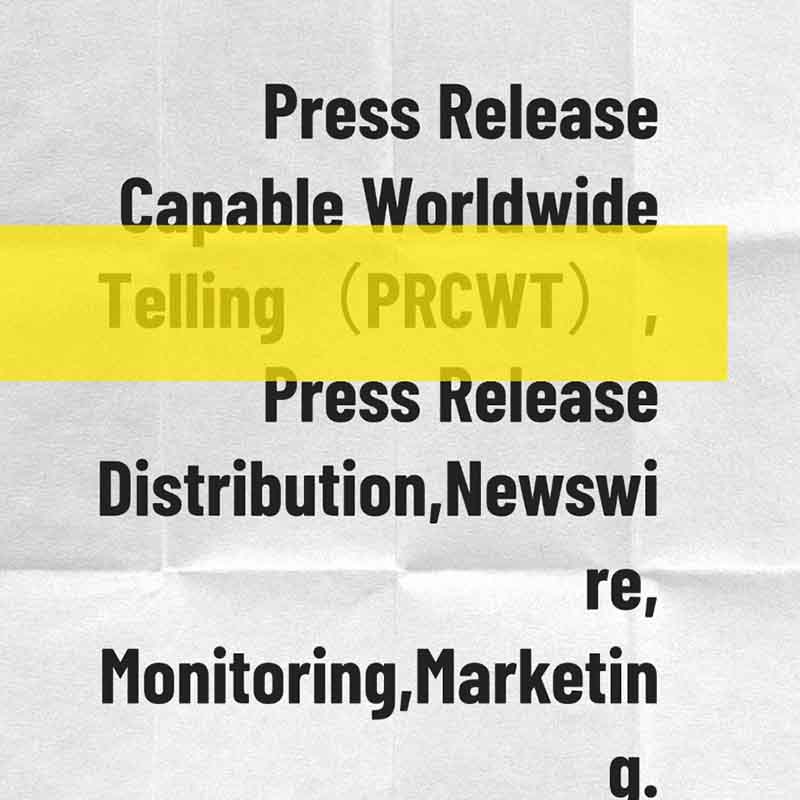In today's rapidly evolving digital landscape, brands are constantly seeking new ways to engage with consumers and stand out from the competition. One of the most significant trends in recent years has been the use of technology to enhance the brand experience. From virtual reality (VR) and augmented reality (AR) to artificial intelligence (AI) and the Internet of Things (IoT), brands are leveraging these technologies to create immersive, personalized, and interactive experiences for their customers.
According to a recent survey by PwC, 70% of consumers say they would be more likely to engage with a brand that offers a personalized experience. Another study by Forrester Research found that 86% of consumers are more likely to recommend a brand to others if they have had a positive experience with it. These statistics highlight the importance of providing a seamless and engaging brand experience that meets the needs and expectations of consumers.
One of the most exciting applications of technology in branding is in the field of virtual and augmented reality. By creating immersive 3D environments, brands can transport consumers to different worlds and offer them unique experiences. For example, Coca-Cola has used VR to create a virtual bottling plant, allowing consumers to see how their favorite soft drink is made. Another example is IKEA, which has used AR to allow consumers to visualize how furniture will look in their homes before they purchase it.
Artificial intelligence is also playing an increasingly important role in branding. By analyzing customer data and behavior, brands can gain insights into their customers' preferences and needs, and use this information to personalize their marketing messages and experiences. For example, Amazon uses AI to recommend products to customers based on their browsing and purchase history. Another example is Spotify, which uses AI to create personalized playlists for its users.

The Internet of Things is another technology that is transforming the way brands engage with consumers. By connecting devices and sensors, brands can collect data about their customers' behavior and preferences in real-time, and use this information to provide them with personalized experiences. For example, Nest uses IoT to create smart thermostats that learn a user's heating and cooling preferences and adjust automatically. Another example is Philips Hue, which uses IoT to create smart lights that can be controlled via a mobile app.

In conclusion, technology is playing an increasingly important role in branding. By leveraging these technologies, brands can create immersive, personalized, and interactive experiences for their customers that meet the needs and expectations of the digital age. As technology continues to evolve, we can expect to see even more innovative and exciting applications in the field of branding in the years to come.
